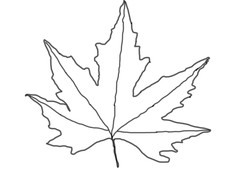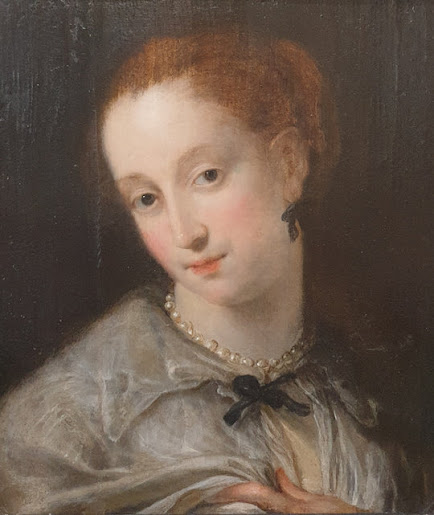Recognising Kashmiri Silver by Joseph Cohen Antiques
Kashmiri Colonial Silver was one of the most popular styles of Indian Silver.The ornamentation was influenced by the beautiful scenery that the Kashmiri region is well known for. Placed in the background were floral motifs of coriander leaf, poppy plant or chinar leaf, with combinations often applied. (Figures A, B)
 |
| A - Chinar leaf |
 |
| B - Tray with chinar leaf motif |
Usually, these motifs were amidst line work of arabesques or paisley patterns. The line work was often adorned with a simple circular pattern and gilded. (C, D, E)
 |
| C - Notice the linework and ground |
 |
| D - Paisley pattern motif |
 |
| E - Goblet with paisley pattern |
The ornamentation was rendered on a flat plain: the line work and background of floral motifs were on the same level. This created a smooth, intricate effect which reminds one of the artistry of the, well known, Kashmiri shawls. The paisley pattern can be seen on Kashmiri shawls, showing the further influence silversmiths had from the shawl makers. (E, F)
 |
| F - Kashmiri shawl courtesy of ULITA |
Kashmiri ornamentation was applied to both European and Islamic forms. In Islamic style Kashkuls (begging bowls), kangri bowls, and surahi (water bottles) are seen, and in European style tea sets, goblets, and trays are seen. (E,G)
 |
| G - Silver kashkul or begging bowl |
Bibliography
Watt, George. Indian Art at Delhi 1903. London: John Murray, 1904.
Wilkinson, Wynyard. Indian Silver 1858 - 1947. 1999.
About Joseph Cohen Antiques
Joseph Cohen specialises in Indian, Oriental and Islamic silver offering a stunning selection of unique and historic items. He regularly sources important pieces for international museums and private collections. He also has specialist knowledge of Judaica and Oriental ceramics.
You can find a wide selection of silver pieces permanently available at his stand in Grays and on his new website josephcohenantiques.com.
You can find a wide selection of silver pieces permanently available at his stand in Grays and on his new website josephcohenantiques.com.
See additional examples of Indian silver on Joseph Cohen's new website.
.jpg)

Comments
Post a Comment